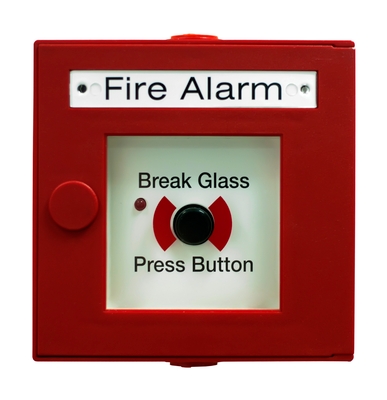While reading (belatedly) an interview with Larry Light, the then-new chief brands officer at Intercontinental Hotels, we braked hard at this sentence: “Doing fine is not fine.” [That quote, from Light’s CEO, segued into how this well-known marketer is upgrading and revamping/realigning the brand.]
Which got us to musing: How many of us would actually say that … and mean it?
It’s one thing to spout the multiple mantras of continuous improvement, urgency, and burning platforms, phrases often associated with the change world. It’s another to express discontent with reality – even though it might look pretty good to outside (and inside) observers – and begin making shifts.
Many change masters insist on building a compelling case for making things happen. They talk to the critical needs of appealing to both hearts and minds, emotions and facts. News of change on the way ricochets through the halls and plant floors, along with the names and accountabilities of task forces. Implementation begins, goes onward, then is completed. Now what?
Those who measure ROIs (and non-successes) of those efforts tell us that a majority never quite meet the assigned metrics. Our burning question:  Was this a dramatic change, positioned as an “either/or”? Or are employees and executives rewarded for following the dictates of Lean Manufacturing, Six Sigma, and other methodologies continually, rather than all at once? Will those two very different situations differ in results delivered?
Was this a dramatic change, positioned as an “either/or”? Or are employees and executives rewarded for following the dictates of Lean Manufacturing, Six Sigma, and other methodologies continually, rather than all at once? Will those two very different situations differ in results delivered?
There’s no answer, yet. The next time someone comments that “whatever” is pretty good or good enough, we’d suggest a sharp self-scrutiny is in order.
